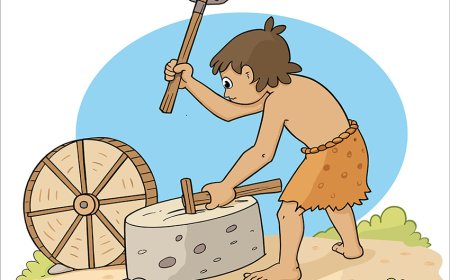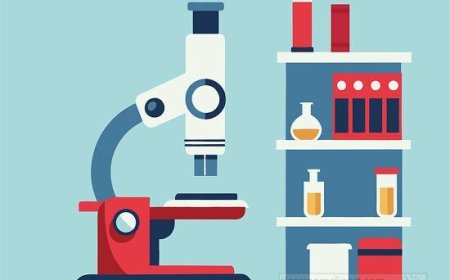Grace Hopper Biography for Students: Computer Programming Pioneer
Explore the life of Grace Hopper, the brilliant programmer who helped invent computer languages and made coding easier for everyone
💻 Introduction: The Woman Who Taught Computers to Talk
Today, computers are part of daily life. We play games, write papers, and explore the internet with just a few clicks. But a long time ago, computers didn't even understand words-they only understood ones and zeros.
Grace Hopper helped change that. She created the idea of using computer languages made of words-making it easier for people to program machines. She was also a U.S. Navy admiral, a teacher, and one of the first computer scientists in history.
Her ideas helped launch the digital age and made coding possible for everyone.
👧 Early Life: Always Asking "Why?"
Grace Brewster Murray Hopper was born on December 9, 1906, in New York City. As a child, she was curious about how things worked. At age 7, she took apart alarm clocks just to figure out how they ticked.
She loved:
-
Math and science
-
Solving puzzles
-
Breaking big problems into smaller ones
She earned degrees in math and physics and later earned a Ph.D. in mathematics from Yale University-at a time when very few women were scientists.
⚓ Service in the Navy and Early Computers
During World War II, Grace joined the U.S. Navy and was assigned to work on a secret machine called the Mark I-one of the first programmable computers.
The machine was:
-
51 feet long
-
Weighed 5 tons
-
Made with thousands of switches and vacuum tubes
It could solve math problems faster than any human, and Grace became one of its top programmers.
🧠 Making Machines Understand Language
Back then, programming a computer meant writing in machine code-long strings of 1s and 0s. It was slow and hard to understand.
Grace had a bold idea:What if people could program computers using English words?
Many experts said it couldn't be done, but Grace believed it could-and she made it happen.
She helped create COBOL (Common Business-Oriented Language), one of the first high-level computer languages. It allowed people to write instructions like:
IF SCORE > 100 THEN DISPLAY "You win!"
This changed everything. Now, more people could learn to program.
🐞 Fun Fact: The First "Computer Bug"
One day in 1947, a computer Grace worked on stopped working. The team opened it up-and found a real moth stuck in the machine!
They taped it into the logbook and wrote:
"First actual case of a bug being found."
That's where the term "debugging" comes from!
🧳 Teaching, Leading, and Inspiring
Grace Hopper didn't stop with coding. She:
-
Taught computer science to thousands of students
-
Spoke at schools, businesses, and military bases
-
Led projects to improve computers for the Navy
-
Worked well into her 70s and 80s!
She was known for her quick mind, big ideas, and clever sayings like:
"It's easier to ask forgiveness than permission."
🏅 Honors and Awards
Grace Hopper received:
-
40 honorary degrees
-
The Presidential Medal of Freedom (posthumously in 2016)
-
A Navy destroyer ship named after her
-
Her own Google Doodle
-
A building named after her at the U.S. Naval Academy
She retired from the Navy as a Rear Admiral, one of the highest ranks.
🤩 Fun Facts About Grace Hopper
-
She carried nanosecond wires to show how fast computers think (1 nanosecond = 1 billionth of a second).
-
She loved giving speeches-even into her 80s!
-
Her nickname was "Amazing Grace" for her brainpower and energy.
-
Her favorite motto was: "Dare and do."
-
The Grace Hopper Celebration of Women in Computing is now the world's largest gathering of women in tech.
👧👦 Why Kids Love Grace Hopper
Grace Hopper shows that:
-
Asking "Why?" can lead to big discoveries
-
You can break down hard problems into small steps
-
Girls belong in STEM-and always have
-
Creativity and curiosity go hand in hand with coding
She made technology more understandable and open to everyone-not just math experts or engineers.
🏁 Conclusion: The Queen of Code
Grace Hopper didn't just work with computers-she taught them to speak. Her ideas made programming more human-friendly and helped create the digital tools we use every day.
What would you teach a computer to do?Like Grace Hopper, your next idea could help shape the future of technology-for everyone.



















































